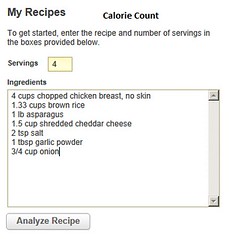A Comprehensive Guide to Selecting Your Equipment Supplier
When it comes to business operations, the quality of your equipment is as crucial as the quality of your personnel. A key factor that determines the performance of tools and machinery in any industry is the equipment supplier, who is responsible for manufacturing and distributing these essential assets. Thus, it is paramount to establish a strong business relationship with a reputable and reliable equipment supplier.
One of the significant indicators of a good equipment supplier is their adaptability to technological advancements. Today, the world is increasingly reliant on technology and businesses that utilize modern and cutting-edge equipment have a significant edge over their competitors. For instance, in the food and beverage industry, suppliers that have updated their machinery to include state-of-the-art tools and equipment such as the automated fat analysis system are deemed to be superior.
The automated fat analysis system is a game-changer in the food production and processing sector. Traditional fat analysis methods were time-consuming, required highly skilled labor, and were prone to human error. This revolutionary system offers an efficient and accurate solution for rapidly analyzing the fat content in food products, ensuring adherence to nutritional standards, and aiding in quality control. Being abreast with such cutting-edge technology is an essential attribute of a top-tier equipment supplier.
Another factor to consider when choosing an equipment supplier is the support services they offer. After-sales support is crucial in addressing any issues that arise after purchasing and using the equipment. A reliable supplier should have a dedicated customer service team that can swiftly respond to complaints or problems. Additionally, suppliers should provide adequate training on how to operate complex machinery such as the automated fat analysis system.
Yet another important factor is the financial health of the equipment supplier. You need to ensure that you are dealing with a financially stable business. It would be highly disruptive if your supplier went out of business or was unable to deliver orders on time due to financial constraints. Therefore, it is essential to assess the financial stability of a potential equipment supplier beforehand.
Finally, consider the reputation of the equipment supplier. Check out reviews and testimonials from past clients to ascertain their level of customer satisfaction. Remember that reputable suppliers are likely to have good relations with their clients and are committed to maintaining high standards of service.
In conclusion, selecting the right equipment supplier is critical for your business success. A reliable equipment supplier is technologically advanced, provides excellent customer support, is financially stable, and has a good reputation. Always remember to keep these factors in mind to ensure that you choose a supplier who will not only provide high-quality equipment like the automated fat analysis system but also contribute positively to your overall business operations.



